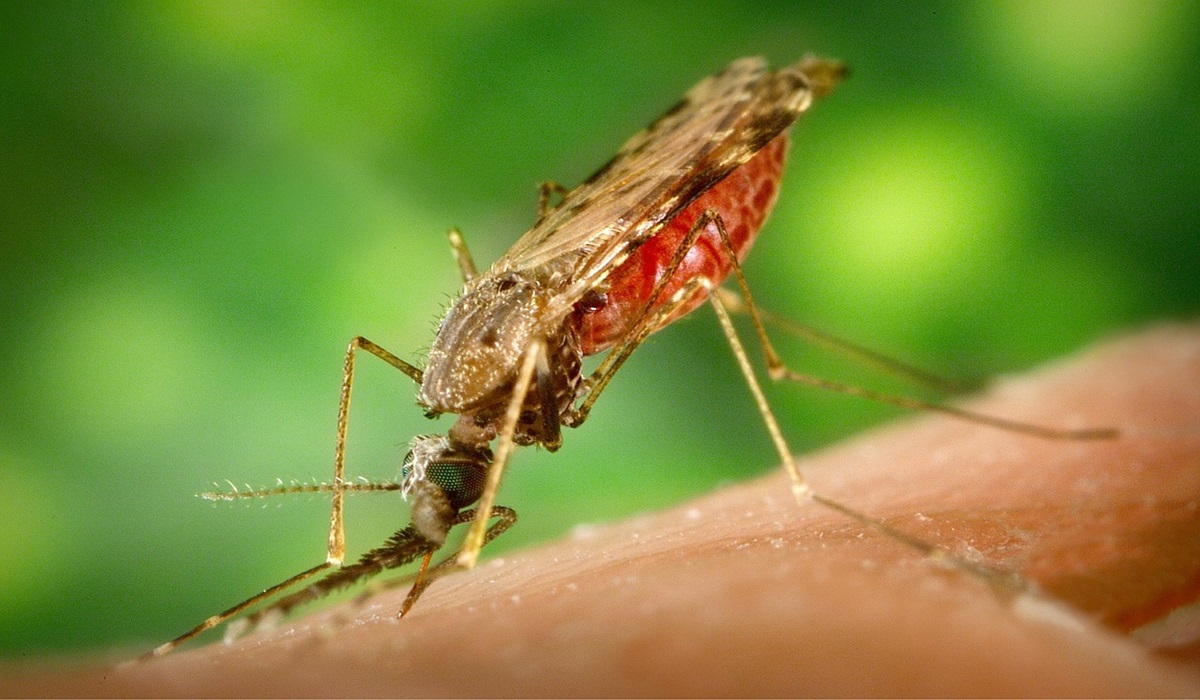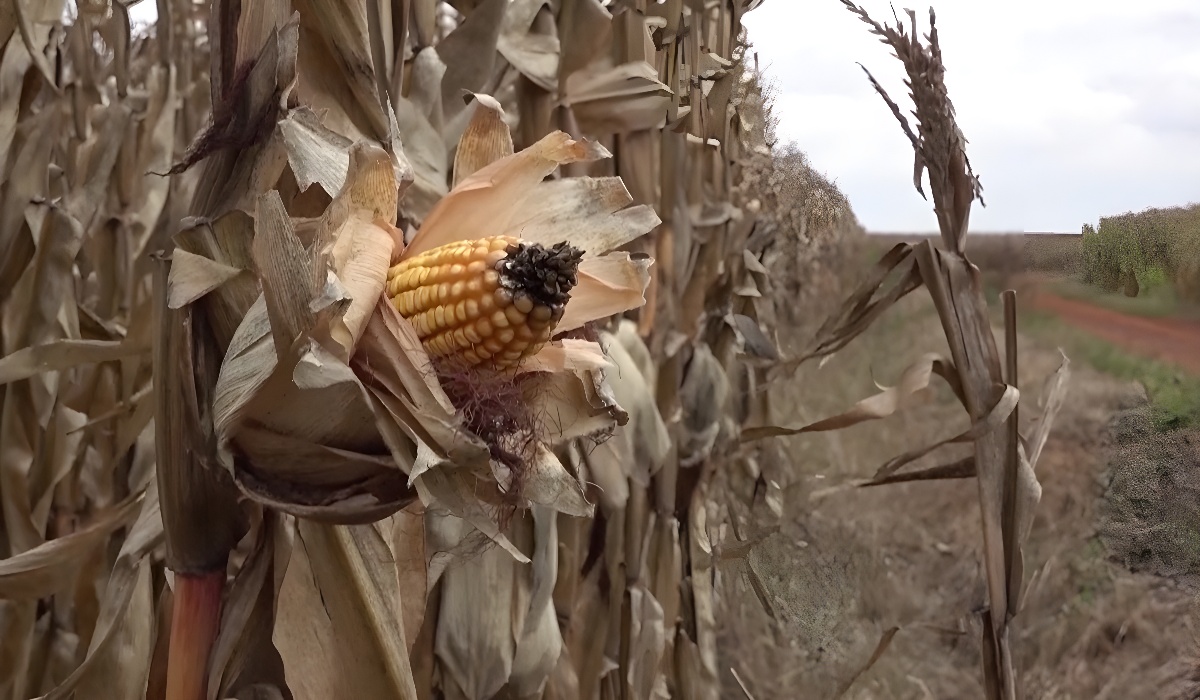Nigeria: Is Corn the New Energy Source?
With the increasing search for alternative sources of energy for mankind and industries, corn appears poised through its ecology, botany and varieties; to take the lead as Nigeria’s bio-ethanol producing cereal. This is a crop that is fondly called “King Corn.” And the king of cereals seems set to take its place in energy generation.
With the country’s heavy reliance on oil as a prime export revenue earner and a source of energy for industries, attention has been sadly shifted from crops and other sources with huge potentials for generating energy to fire industries and move businesses forward, thereby rendering these sources as untapped energy reservoirs. It is about time policy planners looked in the direction of a wonder crop with huge potentials for the economy. The imperative becomes very pressing if one recollects that oil has since learnt the often unpredictable act of price somersaults in global markets. And a crop which is beautifully poised to rescue us from oil seems to be the wonder cereal called corn.
Corn occupies a prime place as a cereal crop. Over the years, it has served as the staple crop for many regions of the farming world. It is an extremely popular food crop, equally valued in Nigeria and the continent as a readily available food and energy source, its grains finding expressions in a variety of simple ways.
TRINITY OF CORN
In animal nutrition, corn comes in readily as a great provider of essential nutrients for ruminants, pseudo-ruminants, and non-ruminants. This further puts pressure on the availability of the grains for human consumption. With the increasing alertness on the dangers of a changing climate and its impacts for man and the environment, there have been calls to diversify man’s sources of energy away from fossiliferous deposits.
This energy urgency has since emphasized the fuel-providing potential of agriculture and allied industries. The scrutiny placed on the contribution of the petroleum industry to the specter of a warming climate, has further highlighted the trinity of corn as a food for man, feed for animals and fuel source for energy purposes. But how did corn come to be among us and become so beloved to the point of providing bio-fuel?
HECTARAGE OF CULTIVATION AND YIELD
Maize is among the most cultivated crops in Nigeria, both in the north and south. This is according to data from The National Agricultural Extension and Research Liaison Services(NAERLS,2010) and National Program on Agriculture and Food Security(NPAFS,2010), which is cited by Dr. A. Bala, country agronomist at www.yieldgap.org. Between 2007-2011 cassava had the highest total production at 46,530,610 tons, from 3,561,120 hectares of harvested area; while Maize was fourth at 7,959,992 tons from 4,839,508 hectares of harvested area.
The Business Incubation Platform (BIP) of IITA was able to record a milestone in maize production. According to a 6 March, 2020 release at www.iita.org: “Africa harvests 29 million hectares, and as the largest producer, Nigeria produced 1.69tons per hectare in 2019, its highest production rate. However, the Outgrowers team has achieved an average of 6tons/ha, a massive development compared to the achievable value across Nigeria.”
It is generally assumed that corn has its origin in South America, while also popular in locations around Peru and Mexico. It has acceptance in most of Africa, because of its adaptability to warm climatic conditions. As a food source, the grains can be fried, cooked or roasted and eaten. The pop corn is a very popular kind of corn and often used to produce pop corn, corn flakes, and chips. While the dent maize is the most commercial corn in America, the floury or soft corn is common in Africa and Asia. It is useful in the making of corn flour. Local examples include the Lagos White and Ikom White of Cross River state in the south. But the crop’s energy potentials is what renders corn so attractive to scientists and energy experts these days.
SOURCE OF FUEL AND FEED
Energy for animals can be sourced from a number of feed ingredients, however; Maize is frequently used because of its availability and ease of processing. The snag in maize includes its deficiency in amino acids, particularly Tryptophan, which is vital for the utilization of vitamin A, among its other necessities. Maize provides conventional grains and man is constantly battling for these supplies with animals. This has created a situation where there is little available for practical feed formulation and energy generation.
Historically in the United States of America, about 90% of the maize produced is used for feeding livestock. ( Poultry Production in Warm Wet Climates. V.A. Oyenuga:1978). Another past data from the Rural Economic Survey Division of the Federal Office of Statistics shows that about 811,000 tons of maize was produced during 1964/1965, with the Food and Agricultural Organization estimating that about 1,000,000 tons was produced in 1963/64(V.A. Oyenuga:1978). However, a recent data from the World Bank in the African Development indicators for 2006 shows that 5,777 metric tons of maize was produced in Nigeria in 1999. This figure can’t adequately provide for man and animals, let alone provide enough bio-waste for the sufficient production of bio-ethanol in an environmentally conscious climate. The ability of maize to produce ethanol for energy purposes suggests that its production may have to be increased by farmers around the world.
The shift towards bio-fuel has been occasioned by the presence of a warming climate due largely to greenhouse gases from fossil fuels. Indeed, scientists have able to utilize residues from grain production for fuel generation.
Rector Magnificus of Wageningen University in Holland and Professor Martin Kropff are excited by the potentials in grains. They spoke in a 2005 Wageningen Update: “Half of the biomass in grain production consists of straw! It would be fantastic if we can use this to make fuels.” The same magazine goes on to report that, “Last summer researchers at the Agrotechnology & Food Sciences Group at Wageningen UR, together with Dutch partners, succeeded in converting a bale of straw into bio-ethanol. What they actually did was to convert cellulose fibers into sugars, which were then converted into alcohol or bio-ethanol with the help of yeast.”
This question arises: how much yield per hectare of grain would be required to produce enough bio-ethanol? More than twenty years ago, three Wageningen researchers “Calculated that it would take an entire Dutch province full of crops to keep a middle-sized electricity power station going.” By the way Utretcht province is 1,560km2 large, while Friesland is 5,749km2(www.en.m.wikipedia.org).
Agriculture will have to generate increased yields from grains such as corn if we are to produce adequate bio-ethanol to power industries. Corn outputs are heavily dependent on varieties, disease resistance and management practices employed to maintain farming fields. However, studies have reported that white maize yields ranged on a regional basis from 1 ton per hectare or less in Western and Central Africa through 1.2 tons per hectare in Eastern and Southern Africa. In Nigeria, “white maize constitutes from 15-35 percent of total cereals production.”— ( 1993/1994 world maize facts and Trends.CIMMYT mega-environment data files www.fao.org/3/w2698e/w2698e03.htm).
DO WE HAVE WHAT IT TAKES TO GROW MORE CORN?
Nigeria is better poised to take the lead in corn production as food and source of fuel for man, and as feed for animals on the continent; when compared with South Africa, the other economic powerhouse in Africa. Dr.A. Bala of the Federal University of Technology in Minna in Niger state has further written that: “Agriculture is the mainstay of Nigeria’s economy accounting for more than 45% of the Gross Domestic Product (GDP) and employing more than half of the workforce. The country has an agricultural land area of about 84 million hectares, of which 33 million hectares is currently under cultivation. About 3 million hectares of the agricultural land is irrigable but only 220, 000 hectares is actually irrigated.” This data seems to say that there is enough land for corn cultivation and irrigation. These figures sit well when compared with South Africa.
A May 2019 report in the New Yorker magazine remarked that “South Africa’s agrarian potential is limited: only 11% of the country’s land is arable, and less than 2% is currently set up for irrigation. Every year is hotter and drier than the one before. Many black South Africans who are offered land prefer to be bought out.”
CORN AS ALTERNATIVE SOURCE OF ENERGY ELSEWHERE
According to an article on https://en.wikipedia.org/wiki/Maize: “Maize is widely used in Germany as feedstock for biogas plants. Here the maize is harvested, shredded then placed in silage clamps from which it is fed into the biogas plants. This process makes use of the whole plant rather than simply using the kernels as in the production of ethanol.” And Germany is not alone in the utilization of grains. The same news site reports that: “a biomass gasification power plant in Strem near Gussing, Burgenlang, Austria began in 2005 and research is being done to make diesel out of the biogas by the Fischer Tropsch method.”
In the United States of America, ethanol based fuel is popular. In the 25 April, 2016 edition of Forbes magazine, Steven Salzberg, a former Bloomberg Distinguished Professor of Biomedical Engineering, Computer Science, and Biostatistics at John Hopkins University reported that, “E85 fuel, which uses 85% ethanol and 15% gasoline is widely available, and some gas stations now offer no alternative. Most of us are driving around right now in cars powered by a combination of gasoline and ethanol.”
“The Energy Policy Act mandated that by 2012, 7.5 billion gallons of renewable fuels be blended annually into gasoline. The 2007 Energy Independence and Security Act set a new bar of 9 billion gallons for 2008 to be increased annually toward a 36 billion gallon goal by 2022 with up to 15 billion gallons coming from ethanol.” The foregoing data is contained in a 12 July, 2011 edition of National Geographic magazine. The above references further illustrate that corn ethanol will grow in value and significance in the coming years.
With the increasing search for alternative sources of energy for mankind and industries, corn appears poised through its ecology, botany and varieties; to take the lead as Nigeria’s bio-ethanol producing cereal. This is a crop that is fondly called “King Corn.” And the king of cereals seems set to take its place in energy generation.
It would appear now is the time to focus on corn, through our own well-conceived Energy Policy Act, otherwise Nigeria may never catch up with the rest of the world by the time corn becomes the new bride in energy generation for industries.









